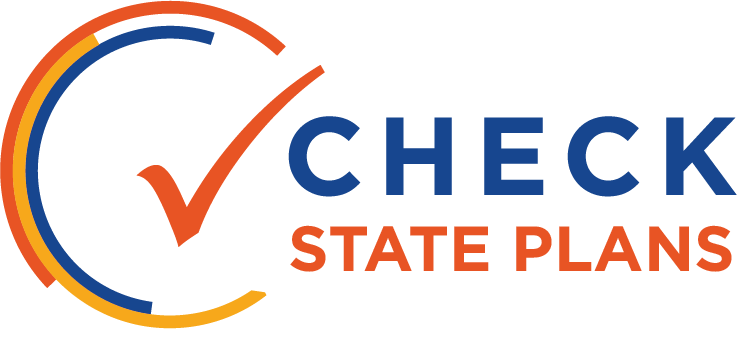
INDICATORS

Utah has a clear list of indicators, aligned to its goals and backed by data, showing differentiation of school performance across its proposed measures, but lacks detail for how some indicators will be calculated to award points in the state’s A-F grading system.
The state’s indicators focus on proficiency and growth in ELA, math, and science, and the achievement indicator includes a simple measure of proficiency on the state’s ELA and math tests in grades 3-10.
Utah will also measure growth on these tests within the achievement indicator for high schools and in a separate indicator in grades 4-8. Utah considers students’ relative growth compared to similarly performing peers, as well as whether the rate of growth is sufficient for a student to stay proficient or catch up within three years.
Utah includes a school-quality indicator measuring growth among the lowest-performing quartile of students.
Utah deserves significant credit for including both science achievement and growth in its indicators. This decision may help ameliorate concerns about curriculum narrowing.
High schools in Utah will also be held accountable for a composite indicator of postsecondary readiness.
This composite indicator has three equally weighted components: graduation, completion of readiness coursework, and ACT performance.
Points for readiness coursework are based on the rate of graduates earning a C grade or better in Advanced Placement, International Baccalaureate, or dual enrollment classes or completing a career and technical education pathway, while points for ACT performance are based on the percentage of students who receive a score of 18 or higher, which is aligned with the state’s goals.
While this is a good start, the state’s plan would be improved by including a more meaningful discussion of how it will measure career readiness in its pathway options, including when pathways lead to an industry-recognized credential.
Although Utah’s list of indicators is clear, the weighting and combination of measures within indicators could be clarified in the plan.
For example, the state should explain how its two types of growth measures come together to determine the number of points a school is awarded. Similarly, Utah should clarify how points will be awarded to schools based on their graduation rates, as it plans to consider both the four- and five-year graduation rate.
While the weighting of the two clearly emphasizes on-time completion, the plan should explain how the calculation will work in practice. Utah also does not provide information about the length of time expected for students to demonstrate ELP or student-level progress targets for English learners.
 OVERVIEW
OVERVIEW





